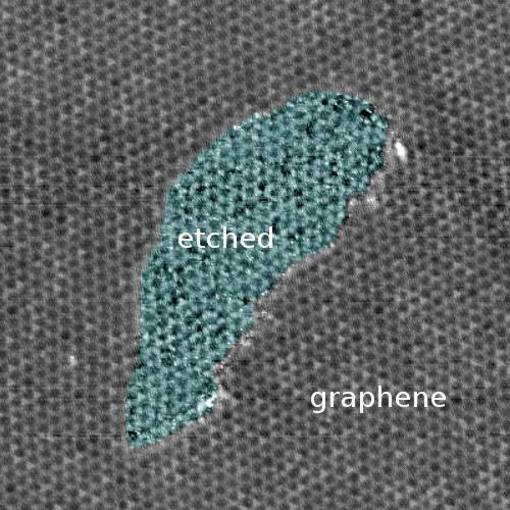Despite their abundance and ubiquity in space, the origin of polycyclic aromatic hydrocarbons (PAHs) is still a mystery for astronomers. Gas phase chemistry models, this is, simple collisions between C atoms and C-containing molecules, and soot formation mechanisms can not easily account for the observed amount of PAHs, as they contain around 20% of all carbon observed in the photodissociation regions.
 In a recent paper, our group propose a new possible mechanism based on surface science results. In our work, appearing in Nature Communications, top-down PAH synthesis is experimentally proven using nanotechnology tools.This can be seen as a sign indicating that the results obtained within the nanoscience framework might be essential in the modern understanding of astrochemistry.
In a recent paper, our group propose a new possible mechanism based on surface science results. In our work, appearing in Nature Communications, top-down PAH synthesis is experimentally proven using nanotechnology tools.This can be seen as a sign indicating that the results obtained within the nanoscience framework might be essential in the modern understanding of astrochemistry.
Using advanced in-situ instrumentation we found that high temperature hydrogen etching on graphitized silicon carbide (SiC) surfaces is an efficient path to the formation of PAHs and other related species of hydrocarbons in conditions analogous to those occurring in the circumstellar envelopes of C-rich AGB stars.
Interstellar dust grain SiC crystallites have been found appearing in the chondritic meteorites falling to earth and hydrogen accounts for 70% of all matter in the universe. The abundance of the materials used in the laboratory experiments in different regions of the space renders the newly proposed mechanism as one possible explanation to the PAHs mysterious origin.
The results have been published in Nature Communications 5, 3054 (2014).

